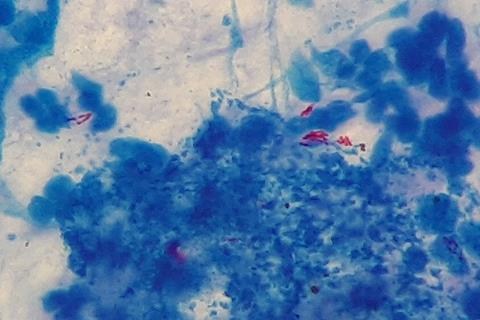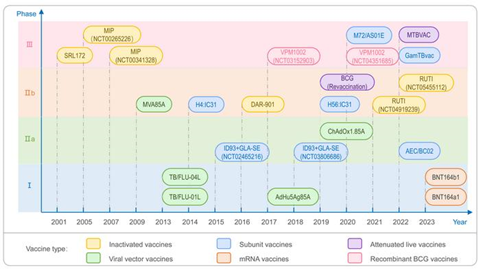Despite decades of efforts, tuberculosis remains a global health crisis, claiming over 1.3 million lives annually. In a comprehensive review published in Molecular Biomedicine, an international team of researchers unveils groundbreaking progress in TB vaccine development and therapeutic innovations, offering hope to curb the disease’s devastating impact.

The study emphasizes the limitations of the century-old Bacille Calmette-Guérin (BCG) vaccine, which fails to prevent adult pulmonary TB or latent infections. To overcome this, researchers are exploring next-generation strategies, including multi-antigen vaccines and mRNA-based platforms, currently in clinical trials. Notable candidates like GamTBvac (a subunit vaccine) and viral vector-based MVATG18598 show promise in enhancing immune responses and shortening treatment regimens.
READ MORE: AI accelerates the search for new tuberculosis drug targets
READ MORE: Decoding the WHO Global Tuberculosis Report 2024: A critical analysis of global and Chinese key data
Artificial intelligence (AI) and bioinformatics are revolutionizing TB research. Tools like AlphaFold predict protein structures with atomic precision, accelerating antigen design. “AI helps us identify hidden patterns in pathogen biology, enabling faster, smarter vaccine development,” explains Dr. Wenping Gong, senior author of the study.
Novel therapies
The review also spotlights novel therapies for drug-resistant TB, such as bedaquiline and delamanid, which target unique bacterial pathways. Host-directed therapies (HDT), which modulate human immune responses to weaken TB persistence, are emerging as complementary strategies.

Challenges remain, including antigen diversity, diagnostic gaps, and accessibility in low-resource regions. However, over 80 TB antigens have been identified, with 12 prioritized for vaccine development. Clinical trials for inactivated vaccines like RUTI and mRNA candidates like BNT164 are underway, aiming to address both active and latent infections.
“Our goal is to translate lab discoveries into real-world solutions,” says Dr. Gong. “Combining AI, global collaboration, and innovative trial designs will be key to meeting the WHO’s 2035 TB eradication target.”
Topics
- Artificial Intelligence & Machine Learning
- Asia & Oceania
- Bacteria
- BCG
- bedaquiline
- delamanid
- GamTBvac
- host-directed therapies
- Immunology
- Infection Prevention & Control
- Infectious Disease
- MVATG18598
- One Health
- Pharmaceutical Microbiology
- Research News
- The Eighth Medical Center of PLA General Hospital
- Vaccinology
- Viruses
- Wenping Gong







No comments yet